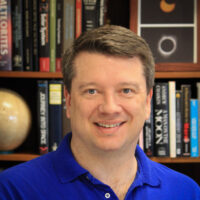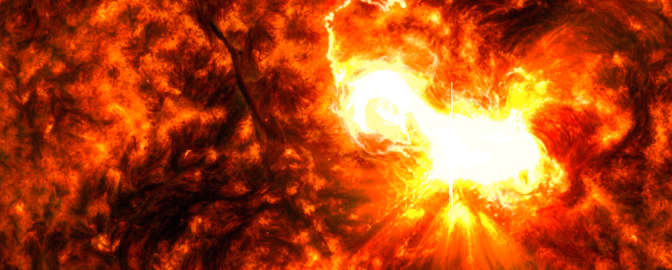Announcing the 2018 Shoemaker NEO Grant Winners

Written by
Bruce Betts, PhD
Chief Scientist / LightSail Program Manager, The Planetary Society
March 12, 2018
I am happy to announce our latest round of winners in our Shoemaker Near Earth Object Grant program, named after pioneering planetary geologist Gene Shoemaker. Shoemaker Grants mostly support very advanced amateur astronomers around the world in their efforts to find, track, and characterize near Earth asteroids.
In this round of grants, our largest ever, 7 proposals were awarded a total of $59,300. Winners are from 4 to 6 countries, depending on how you count them, and from 4 continents, including the first Shoemaker funded observatory in Africa (Morocco). Over the 20 year history of the program: $382,000 has been awarded in 56 awards in 18 countries on 6 continents (oh, Antarctica, how we miss you). Here are summaries of the winners.
Vladimir Benishek, of Sopot Astronomical Observatory in Serbia, will purchase a CCD camera and a temperature compensating focuser to create a second observing telescope at his facility. The system will be used primarily for asteroid characterization studies, specifically photometry (brightness) measurements used to determine light curves (brightness with time) that facilitate the determination of spin rates and discovery of binary asteroids: where there are two asteroids rather than just one.
Daniel Coley, at the Center for Solar System Studies (CSSS) in California, USA, will purchase a CCD camera to use with a newly acquired 0.7 m (28 in) telescope at their facility in California, USA. The new camera system will be used primarily for photometry to study the physical characteristics of asteroids including study of the binary nature of some of the asteroids. Coley and colleagues also collaborate with radar observers to better enable determination of near Earth asteroid shape, spin axis, and rotation periods.
Robert Holmes, president of the Astronomical Research Institute (ARI) in Illinois, USA will purchase a CCD Camera as well as an adapter for their 0.61m telescope. The new camera will replace a camera purchased with a 2008 Shoemaker NEO Grant. The previous camera was used to take more than 52,000 individual measurements of NEO positions (astrometry) to facilitate determination of NEO orbits. The new camera will improve sensitivity and have a much larger memory buffer. This grant made possible by a gift in memory of Jonathan Masin.
Gary Hug, representing the Northeast Kansas Amateur Astronomer's League, will purchase several items to enable remote, robotic operation of the 0.7 meter Tombaugh Reflector at Farpoint Observatory in Kansas, USA. The Tombaugh reflector was recently upgraded by the group and now can do astrometry (position measurements) of objects as dim or dimmer than 22.5 visual magnitude, enabling among other things, follow-up observations used to determine orbits of recently discovered near Earth asteroids. This grant made possible by a gift in memory of Jonathan Masin.
Julian Oey from New South Wales, Australia will receive $11,845 for the purchase of a 0.5m (20”) telescope to go with an existing mount, camera, and facility at the JBL observatory at a dark, dry location outside Bathurst, Australia. The remote controlled JBL facility will complement Oey’s successful Blue Mountain Observatory, providing two southern hemisphere sites with different weather patterns, helping avoid clouds. The new telescope will be used primarily to provide physical characterization of near Earth asteroids.
Michel Ory, using the Morocco Oukaïmeden Sky Survey (MOSS) in the High Atlas Mountains of Morocco, will purchase a new CCD camera to use with their 0.5 meter telescope. Ory and Claudine Rinner operate their MOSS telescope remotely from Switzerland and France, respectively. The new camera will increase their field of view and improve their sensitivity. Their focus is on astrometry (position measurements).
Donald Pray, at the Sugarloaf Observatory in Massachusetts, USA, will purchase a new mount for a 0.5 meter telescope. The new mount will improve image quality and overall pointing and tracking capability, and that, in turn, will improve data capture and photometric accuracy. He will sell the old mount and use money received to pay for a new camera for that telescope. In recent years, Pray has discovered the binary nature of more asteroids than any other amateur observer (Benishek was second).
Earth's First Line of Defense
Support the team of astronomers defending Earth with a gift today.
Donate

 Explore Worlds
Explore Worlds Find Life
Find Life Defend Earth
Defend Earth

